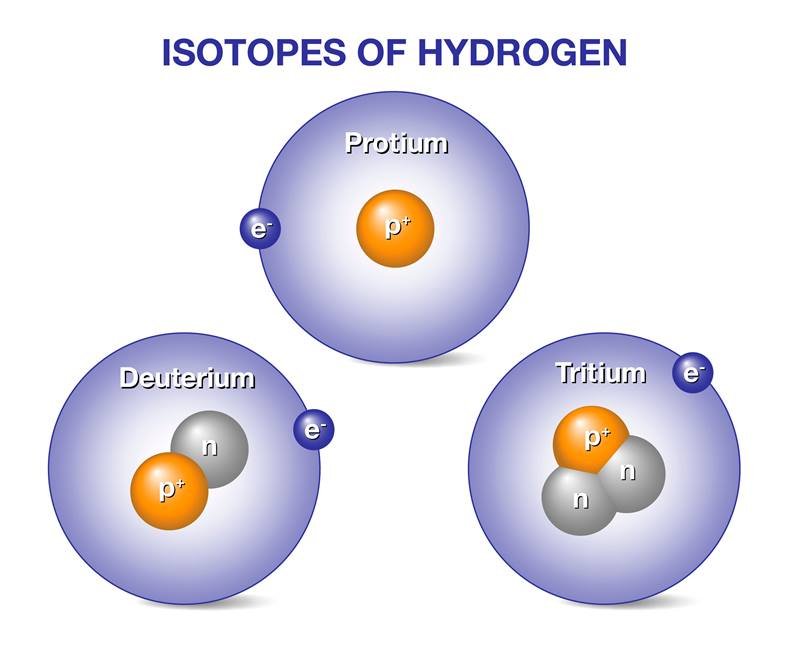The Science
Creating a fusion plasma requires deep understanding of the behavior of various isotopes of hydrogen. These isotopes are the fuel for the fusion reaction. But plasma scientists have long been puzzled by a mysterious contradiction. That contradiction is the disconnect between theoretical predictions and experimental observations of how fusion energy confinement varies with the mass of hydrogen isotopes used to fuel the plasma. A new analysis has helped unravel this mystery. The research revealed an improved theoretical model that includes the tiny, but important, mass of the electron.
The Impact
Future fusion reactors will use a 50-50 mix of two hydrogen isotopes, deuterium and tritium. These isotopes will fuse together into helium atoms and release large amounts of energy. Current fusion tokamaks use only deuterium because it is easier to acquire and handle than tritium. To enable future reactors, researchers need theoretical modeling of the behavior of hydrogen and deuterium-tritium fuel, not just of deuterium fuel. This knowledge will help them plan for the shift in reactors from deuterium fuel to deuterium-tritium fuel. The new modeling will also aid fusion science researchers work toward more efficient future fusion reactors.
Summary
Each isotope of hydrogen is made up of only one proton, but these isotopes differ in the number of neutrons the atoms contain. The extra neutrons make the isotopes heavier: deuterium is twice as heavy as ordinary hydrogen (sometimes called protium), while tritium is three times as heavy. Past experiments comparing deuterium and hydrogen plasmas have generally found an increase in energy confinement time with increasing hydrogen isotope mass. However, while we know that deuterium is better confined than hydrogen, this observation contradicts simple theoretical models that predict the opposite of experimental results. This contradiction between theory and experiment is a long-standing mystery known as the “isotope effect.”
Using numerical simulations on the Department of Energy’s Summit supercomputer at Oak Ridge National Laboratory—the most powerful computer in the United States—scientists developed a new theoretical framework to describe the subtle role of electrons in the behavior of the plasma turbulence that drives heat loss and degrades confinement in tokamaks. Because electrons are more than 1,800 times lighter than hydrogen ions, simple scaling models assume that electrons play no role in the energy confinement. The new theory describes how the small-but-finite electron mass strongly affects the ion behavior and can oppose the simple scaling formula. The influence of electrons becomes stronger for lighter isotopes like hydrogen and is reduced by the added mass of the heavier ions. In the plasma edge region of a fusion device, these electron-mass corrections can become dominant and reverse the scaling of simple theoretical models with isotope mass toward agreement with the experimental results, such that confinement improves for heavier hydrogen isotopes. In the end, this is favorable for increasing the efficiency of future fusion reactors as they move from deuterium fuel to deuterium-tritium fuel.
Funding
This work was funded by the Department of Energy Office of Science, Office of Fusion Energy Sciences. The Oak Ridge Leadership Computing Facility, which houses Summit, is a DOE Office of Science user facility.
